An archetypal view of astrology conceives the movements of the planets and their highlighting of specific archetypes during key alignments as brief subjective encounters with a particular frequency of reality and the universe. Each frequency is real in its own right but only represents a part of the whole despite its potentially all-consuming and possessive power. The melding of Saturn and Neptune in early 2026, via their rare conjunction, is creating such a time, a distinct archetypal resonance that permeates our collective and personal psychological landscapes.
Especially during Saturn-Neptune's peak alignment over the following six months (and rippling through the following year), we will be immersed in the Saturn-Neptune archetypal field. For a while, we might be convinced that it represents how things will always be. Yet one of astrology's primary advantages is knowing that certain phases and periods of our lives have a specific duration, whether expansive or contractive (or somewhere in between). Life will change, and the archetypal landscape will evolve into something entirely new. Another lies in at least symbolically understanding the archetypal quality, nature, and, on some level, intent of any particular cycle.
The Ancient Crucible
When Saturn makes significant alignments in the individual natal chart —or, more collectively, when it aligns with the outer planets —its archetype is magnified (and filtered through the contacting planet). Saturnian periods of our life can often feel like being in a crucible. They're sometimes painfully constrictive, presenting us with a myopic or suffocating view of things. With Saturn, there can be a more pronounced encounter with limitation, pain, or suffering, though that is not the whole picture. There can also be more willingness (or incentive) to take on daunting challenges or step into a hard-earned position or role. These can be incredibly constructive and growth-promoting times.
We can ripen and blossom alongside Saturnian turning points, but we are ultimately outgrowing something (or many things). What we're experiencing is the painful (or at least uncomfortable) aspect of that realization and the process, as well as the awkwardness of transitioning to a graduated way of life and being. Saturn can grant us more freedom, but also some burden and responsibility. There is also often grief, as we move beyond the past and an old order and structure of life.
That Saturn's cycle closely corresponds to various biological and developmental stages of our lives is one way to understand this. Phases such as puberty, the end of adolescence in our early 30s, midlife, and, for women, more specifically, the menopausal process, all deeply reflect this symbolism. Profound changes and adjustments occurring biologically at these times compel us into entirely altered ways of being and engaging with the world. Such phases not only change how the body functions, but also our very pursuits, focus, desires, values, and perception of reality.
The process — the liminal stages of those transformations — is not actually the new normal to come, but it is the most critical, since it shapes the new era. Anyone who has lived long enough to reach the other side of some of those phases knows that we eventually figure it out and reclaim stability and ease in who we become. Yet the liminal part of the process can be frightening and uncomfortable — imbued with uncertainty and the terror of the unknown. And truthfully, until we get to the other side, there is no way to know subjectively what it'll truly be like, because of its radically graduated level compared to where we were before. While in it, the other side is unknowable, and the permanent nature of these transitions makes them more threatening to the personal ego.
Neptune and the Daimonic
Similar to the transition from 2019 to 2020 (with the alignments of Saturn, Pluto, and Jupiter), the alignment of Saturn and Neptune represents a crucible we're collectively and personally experiencing —a critical stage and threshold we're crossing. We've outgrown something, but the most challenging part of this particular cycle is not knowing what that is. Enter Neptune. The Neptunian archetype is infamously foggy, deceptive, and ambiguous. As mentioned, it represents encounters with the numinous, with "higher powers" and overwhelming forces of nature.
That Neptune is a "transpersonal" planet is a somewhat general statement. Still, it's a critical piece because it speaks to one of the primary ways we experience its cycles and placements in the natal chart. While we spend most of our days in our ego-centered identities, we all have a transpersonal dimension and experience layers of our lived environment that are invisible to us. Neptune deals deeply with this fact.
We don't even need to get metaphysical to understand this. It is an established aspect of even materialist metaphysics, with numerous invisible forces intersecting and influencing the material universe. Biologically speaking, forces are steering us with quite separate agendas from those we consciously identify with. Countless biological processes operate totally outside of our awareness and control, from the immune system to the vital flow of blood throughout our bodies. Sexual and erotic desires commonly diverge from our perceived morals, ideals, and identity, impelling us in ways we might not relate to as coming from "ourselves." Neptune's own discovery resulted (and was predicted) entirely from its mysterious, gravitational pull on Uranus, like a hidden hand working from some yet unseen place.
The Neptunian archetype points to aspects of our reality and even aspects of ourselves that, because they lie outside of our conscious awareness and outside of our ability to completely hold, contain, and understand, we often experience as a vague hint of something "other," alien, or distant from the more conscious center of our beingness. And that doesn't discount its power and influence. What is unconscious can exert significant influence. A gut feeling, intuition, or a vague voice "in our head" can lead to profound, life-altering choices. The ripples of such experiences can reach far and wide.
Those with strong Neptunian symbolism in their astrological makeup often lead their lives in this manner, guided by the various vague hints and suggestions they receive from the transpersonal layers of their being. In ancient times, the daimon was a concept that well encapsulated this experience and dimension of reality. This spiritual, guide-like being kept us aligned with our fate through subtle nudges and external experiences (some good, some seemingly ill-fated) that later seemed perfectly orchestrated to help us fulfill our destiny. Christianity bifurcated this concept into "angels" and "demons," though many religious traditions have similar concepts. Modern new-age conceptions of spirit guides also draw on this very ancient idea.
We can equate Neptune with encounters involving entities such as daimons, spirits, fairies, and, as mentioned, UFOs/UAPs, aliens, or any noncorporeal being. In addition to its more mundane significations related to overpowering natural forces (such as a hurricane, tsunami, or viral plague), Neptune, as a transpersonal force, also exists within ourselves and our very reality — something we can experience but not fully know or understand.
Patrick Harper's "Daimonic Reality" is a helpful framework here—a realm that intersects with our own, inhabited by shapeshifting, intelligent beings who appear in a range of guises across history and cultures but who ultimately share the same archetypal ground of being and emergence. From a Jungian point of view, Neptune is a construct that connects us more deeply into the collective unconscious itself, a bridge into the transpersonal and from where it emanates, and a place inhabited with intelligences more conscious than we are. Thus, whether a vision of Christ, Buddha, or a UFO, the visionary, archetypal, or "projected" thing is not any less real but derives, actually, from the greater reality —the more conscious and transcendent layer of it.
Reality Check
Saturn, however, is not at all like Neptune, though both archetypes develop and impact our sense of what's real. They touch archetypally and deeply on the nature of reality, and that blends into all dimensions of knowledge, whether derived culturally, scientifically, or mystically. Saturn is our "brick wall of reality," as coined by astrologer Steven Forrest. It is "plainly and clearly the way things are" or "the way things have always been." Though again, for anyone who's lived on Earth long enough, it should be well known that the subject of those statements can and often change.
Saturnian reality is not always what's actually true, but what's conveniently true, what's true enough, what needs to be true to get along with the broader social, cultural, or moral order. In medieval Europe, the idea that tiny, microscopic organisms cause much disease would have been considered crazy and heretical. How strange and outlandish one would look for obsessively washing their hands or boiling their drinking water. Fast forward to 2020, and how radically such a basic concept had shifted and impacted the whole of the modern world and its consensus rationality.
Scientific and cultural shifts can profoundly change the Saturnian "reality" and ontology. Saturn's reality today will not be the same a few centuries or millennia from now. Neptune's alignment with Saturn on the AP foreshadows such a collective shift — ontological, cultural, political, or otherwise. Though this shift in particular may be more rapid and shocking than perhaps the last closest alignment over 2,000 years ago (in 594 BCE), alongside the "dawn of Greek philosophy," Western "rationalism," and the "Axial Age". As a simple (and deeply naive) mythos, this rationality that paved the way for modern science, materialism, and the Industrial Revolution has reached a critical turning point and a much-needed revisionary phase. Perhaps the synchronicity of this alignment suggests that we are at another turning point in redefining what "rational" and, by extension, "reality" truly are.
The Wisdom of Letting Go
More subjectively, encounters with Neptune, especially in that liminal, crucible stage, can feel paralyzing and overwhelming. The enormity of a revelation, realization, truth, awakening, or simply being in contact with the archetype of eternity can make it feel impossible to move. Encountering the vastness of the whole Self and all its shadow complexes, unknown potentials (and vulnerabilities and evil) is a lot. It's too much for a single ego to process and grasp at once.
Yet, for a while, that is how it might feel, because the Saturnian structures, authorities, "the way things are and have been," many of them, are dissolving, losing their power, falling helplessly into the unknowable abyss, all while things seem to be going on as they always have. There may be only vague hints, suggestions that something is not quite right. Meanwhile, the overwhelming reality is seeping through the cracks and holes. The Saturnian ship is really sinking, overcome by a larger surreptitious force.
Learning the value of letting go, surrendering, being okay with not knowing, or letting yourself get lost in the fog are all wise approaches to navigating a Neptunian period. In the real world, getting lost without a clear directive and strategy is sometimes a worthwhile (though frustrating) experience. Sometimes, in not knowing, we eventually come to know. And sometimes, in the absence of a clear sense of Self, purpose, or dream, we awaken to what we truly are, to what lies beyond the facades and illusions of culture, family, tribe, and egoic perception and expectation. Something reveals itself to us from beyond the confines of our conditioned limitations and preconceptions.
We are all outgrowing a previous vision and faith, and maturing into something new. To describe this alignment as a personal and collective visionary reset (and, more broadly, a civilizational one) is fitting. Disillusionment is also a significant part of it, and its accompanying grief. To describe it as a personal and collective awakening to the transpersonal is even more so. We are getting closer and closer to the edge of that threshold between what we know and what we don't know, but on the other side lies what we will eventually come to know, grow into, concretize, and develop (or at least a larger portion of it).
To get there, we have to trust the process, because, even if bizarre and terrifying, it's a deeply natural and ancient one. Awakening to ourselves—or merely to a profound truth about ourselves—is a significant step. Still, it reveals more of what's there —or what's always been there —more of the vastness of what we truly are. And from there, we have more ability to choose and maneuver our lives. We become freer and more autonomous, gaining a deeper understanding of the Self, the universe, and whatever lies beyond it.
Subjectively, this period will bring a lot of uncertainty, as if the ground beneath us is crumbling, shifting, or dissolving. Disillusionment represents the cognitive dissonance we experience as we come to terms with deception and become aware of our ignorance. Still, it's a critical piece of any awakening process because the old reality must die to make way for the new one. It is deeply liminal, imbued with death and new birth. Even more so as this process is occurring, astrologically, on the point of the vernal equinox, a powerful archetypal symbol of a new beginning, budding potential, and blooming.
As an inherently "fated" process, one that is supposed to happen at a specific time and stage, it begs the question of the purpose behind its uncomfortable and painful aspects. Is there a purpose to the labor pains? Is there a purpose and meaning in the crucible? Is it possible to make it to the other side of such a process without some level of suffering, confusion, and terror? I hesitate to say no, but there's a lot of wisdom and humility in admitting that.
We need pain to grow, and if we don't grow, we die. This is a truth of both archetypal Saturn and Aries. Birth can be a beautiful and miraculous event, but it can also be horrifying. There is a struggle in all birth —a fight to claim life —and that struggle is a deeply ancient and transpersonal one, well etched in all of us by billions of years of evolution. The struggle pushes the new and helpless thing into life. The same is true of growth, of the biologically ingrained growing pains that provide the incentive to push through to the other side — to make the old way so unbearable that we have no choice. Sometimes we have to meet this face of Saturn, and in the foggy depths of Neptune, pushing through into an unfathomable unknown provides no clear or rational incentive.
The Purpose of Delusion
I want to wrap up with a quote from astrologer and Jungian psychologist Liz Greene, because she encapsulates this more painful aspect of the Neptunian archetype that the heroism and narcissism of the Western mind and culture deeply struggle with. In her book, The Astrological Neptune and the Quest for Redemption, Greene argued,
"…there is often profound meaning in what is conventionally called pathology, addiction, or madness; and the individual in the grip of Neptune's peculiar form of breakdown may ultimately see further, and more, than the doctor who is treating such a patient. What is deception, and what is illusion? Who is deceiving whom, and about what? And where, as any Neptunian might well ask, is the rule-book which offers us a definition of reality so unshakable that we know with certainty at least whether that Other, which is the object of our longing, is merely the opiate of the masses, or alive and well in the great transcendent unity we call life, or just another word for Mother?" [1] [emphasis added]
We can well associate Greene's "Other" on one level with the daimonic and transpersonal, but, as Greene's larger argument takes us, also into the watery and placid depths of biological gestation, a ground from which we all emerge (and at least symbolically, will someday return). Greene intertwines this longing for redemption with the primal longing to return to Mother and womb, and with the more transcendent longing of the religious, spiritual, and transpersonal, whether through a God, Goddess, or universal consciousness. From this, we can equate both ends of the archetype with the sense of a "hidden hand" at play in every human life, from the unseen forces of biological evolution to the mysterious and daimonic — guiding and directing, yet also beckoning us to return to the ground of emergence.
Neptune touches deeply on this dimension of every human experience: having to submit, let go, and surrender to this hidden hand, letting it have its way with our lives. Both the historical and archetypal Christ, and its inherent martyrdom, are deeply involved in this, as were many mythological, Christ-like progenitors. Whether in the throes of love and infatuation, carnal passion, ecstatic mystical union with the divine, a compulsion toward some higher calling, or in the depths of so-called "madness" or "pathology," where do we ultimately draw the line? Saturn is our means of distinguishing between those acceptable and unacceptable means of madness, but as Greene ultimately invites us to question, where "is the rule-book which offers us a definition of reality so unshakable" that we at last have certainty about it all?
Further, is there a purpose to our delusions? Without them, there would be no awakening. Without being given only part of the picture or story, we would never discover anything, and perhaps, we would never take critical steps toward our destiny. There are destinations in life for which we cannot fully know, otherwise we wouldn't consciously move toward them. There would be no genuine revelation and or transformation of consciousness.
And the same is true of pain and suffering, light and dark. As Jung famously stated, "There is no birth of consciousness without pain." [2] For Jung, the psyche — and, by extension, our whole subjective experience of life — was a struggle to integrate and come to terms with our own inherent paradoxical nature. Denial of this truth of reality leads us only deeper into delusion, madness, or evil.
The most mad and evil among us are those who believe they're immune or cleansed of such pathologies. Yet, there is much growth and beauty in embracing our madness, confusion, and mystery. We exist in a whole culture that tries to pathologize and thus control everything--medicate, cleanse, and fix via every conceivable positive affirmation or antidepressant, to even out and make smooth the mess and confusion we sometimes find ourselves.
Does anyone really know what's going on anyway? Saturn's role is to convince us that someone or something knows, yet, on a bigger, cosmic level, there may be no rule-book after all. There may be no one with any ultimate control. Yet, that doesn't discount the notion of fate, a larger plan, or a hidden hand with its own agenda and directive. A plan can exist without ultimate control. We may only know that a larger plan exists, or that some other force beyond the biological and evolutionary does.
We may never get closure on any of this in our embodied experience. Our human tendency is to construct some grand narrative (via worldview or cosmology) to make sense of it all, to ensure that it'll all be okay in the end. Anyone deeply entrenched in shadow possession may well believe that such is true for the chosen, for those most rational, pure of heart, intellect, or bloodline to discern the bigger plan, or for those who leaped to the "right" timeline.
Yet the actual, more uncomfortable reality is that we're all in this together, whether we like it or not. There's no way out alive, with ultimate certainty, or with clarity. Will we ever know the ultimate purpose of our life, or any life? These are uncomfortable daimonic and thus Neptunian questions. They bring us to the layer of our lives and experiences that seem unconcerned with our petty, egoistic needs and problems (and their limited perspective).
Extrapolating to the level of humanity, civilization, and its real but ultimately petty problems (at least from the perspective of billions of years of biological evolution), what is the purpose of any of this, the whole arc of so-called "progress" we think ourselves to be on? I don't think anyone knows, and if Neptune has a say in it (which, at the moment, it very much does), it would suggest that purpose is not at all what we think — or would like to believe.
So what do we do with that? Jung would argue that we do our shadow work, get on with waking up and individuating, and allow the inner work to shape our destiny. With that, I wholeheartedly agree. I also suggest that we humbly surrender to the transpersonal hand doing what it wills, because, aside from the painful aspect of the process (which we cannot fully escape), there is still the possibility of awe, wonderment, and enchantment on the other side. It's possible the plan, no matter how crazy we might think it is, is a good one. Life may all be a paradoxical mess, but there's always that end to any Neptunian experience, always the hope that something beautiful awaits us beyond the liminal threshold if we can merely let go and trust the wisdom in the process.
Footnotes
[1] Liz Greene, The Astrological Neptune and the Quest for Redemption (Boston & York Beach: Weiser Books, 2000), p. xv
[2] In "Marriage as a Psychological Relationship", Jung stated, "there is no birth of consciousness without pain," in reference to the (mostly) inevitable crises he argued were inherent to any relationship--describing marriage as a catalyst for individuation, involving the complex confrontation with one's shadow unconsciously projected onto one's partner. Elsewhere, in Contributions to Analytical Psychology, the phrase "there is no coming to consciousness without pain" is translated and commonly quoted.
For more on the unfolding Saturn–Neptune cycle, explore [From Disillusionment to Global Awakening] and [The American Dream and Other Delusions]—two earlier essays that trace this alignment’s historical roots and collective psychological impact.
To explore how the Saturn–Neptune alignment—or any major planetary symbol—speaks to your personal chart, book a private consultation or reading with Chad Woodward of Kosmic Mind Astrology. His sessions blend evolutionary and psychological astrology with spiritual insight, offering grounded guidance for navigating cycles of change and self-realization.












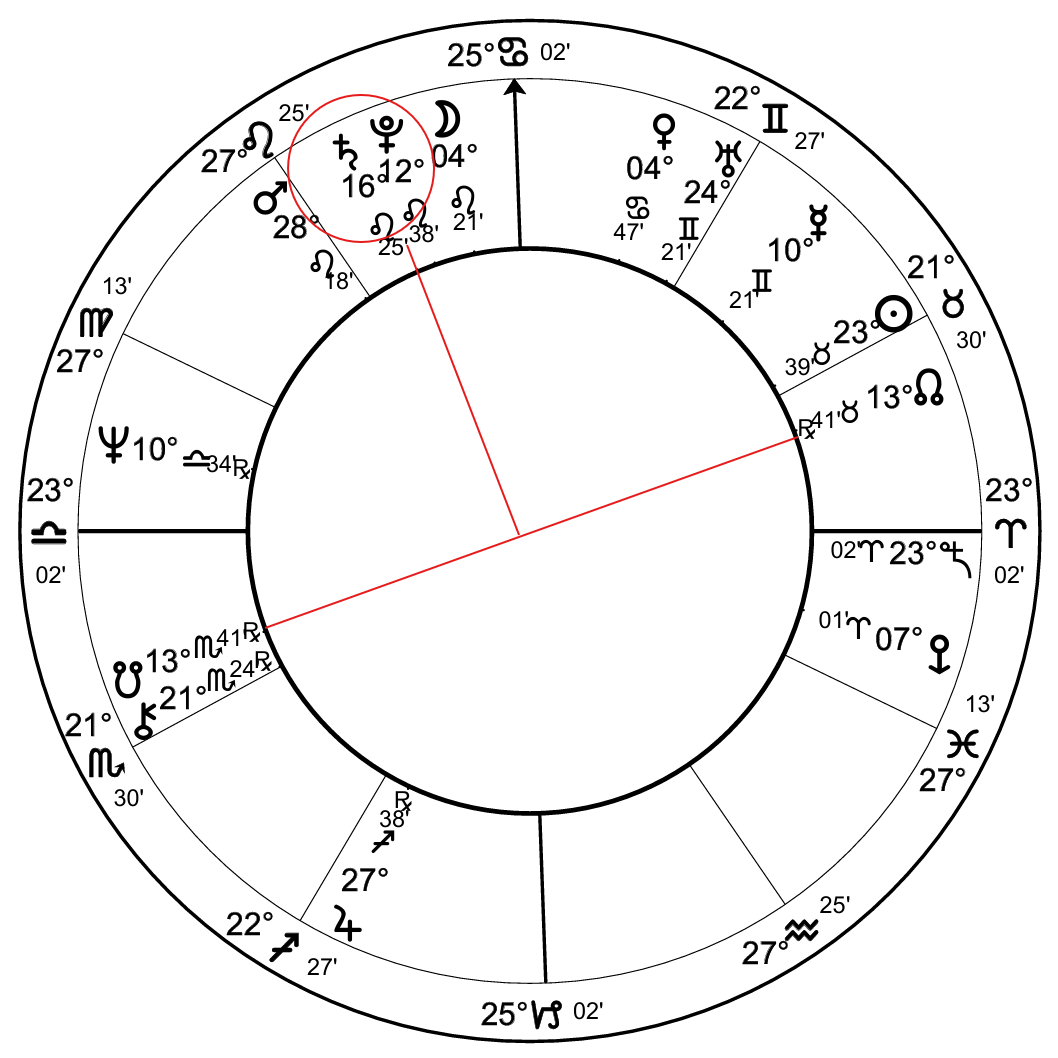












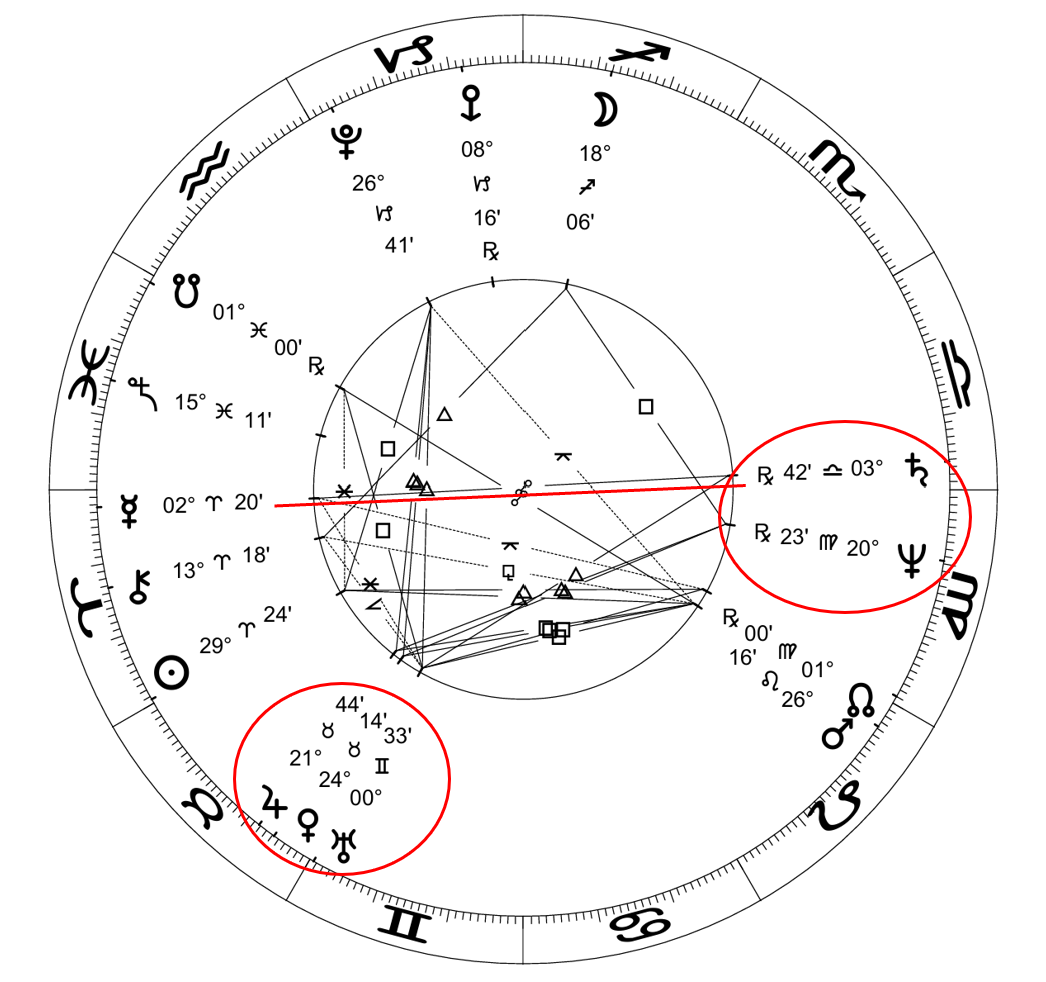
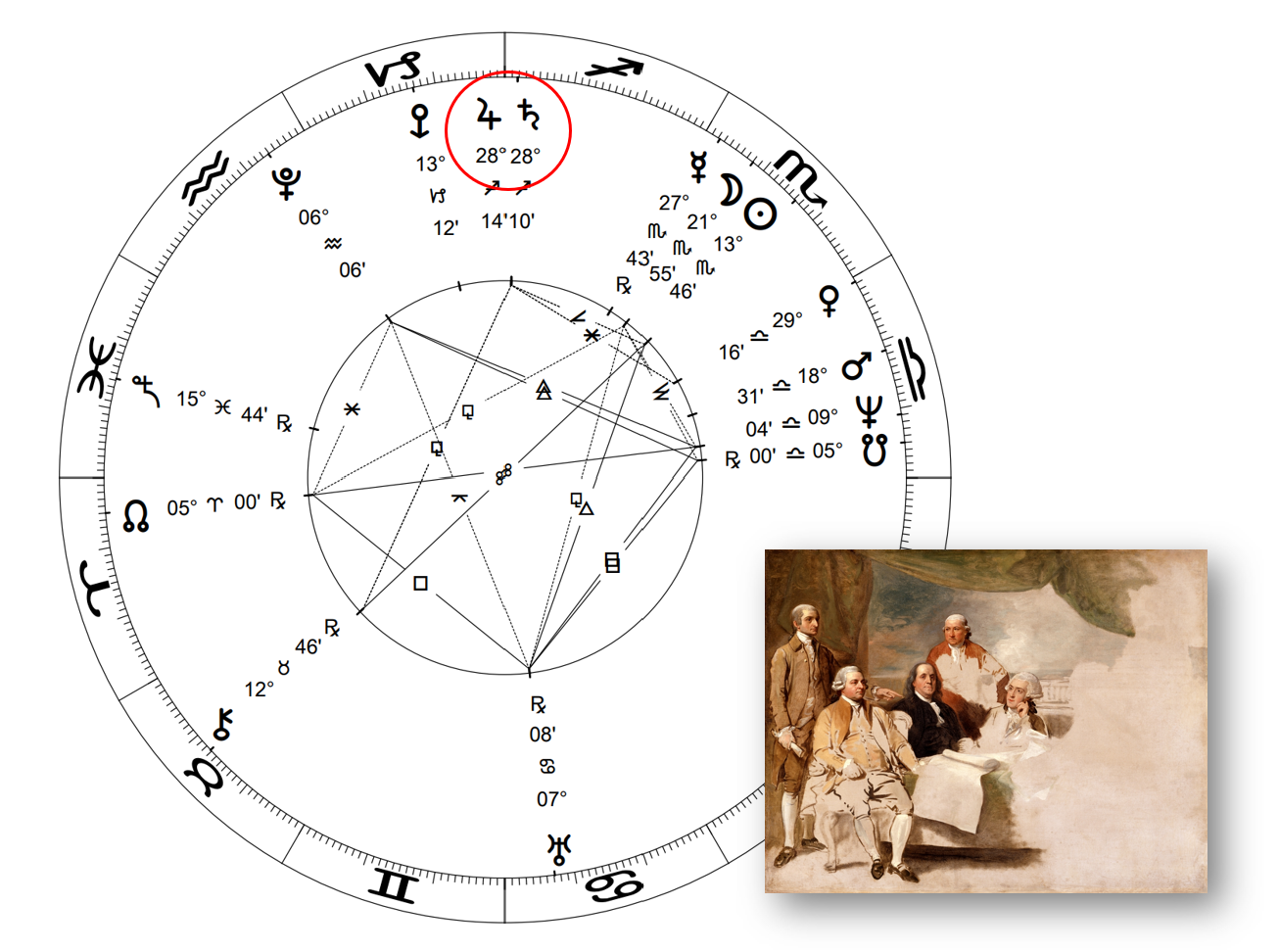

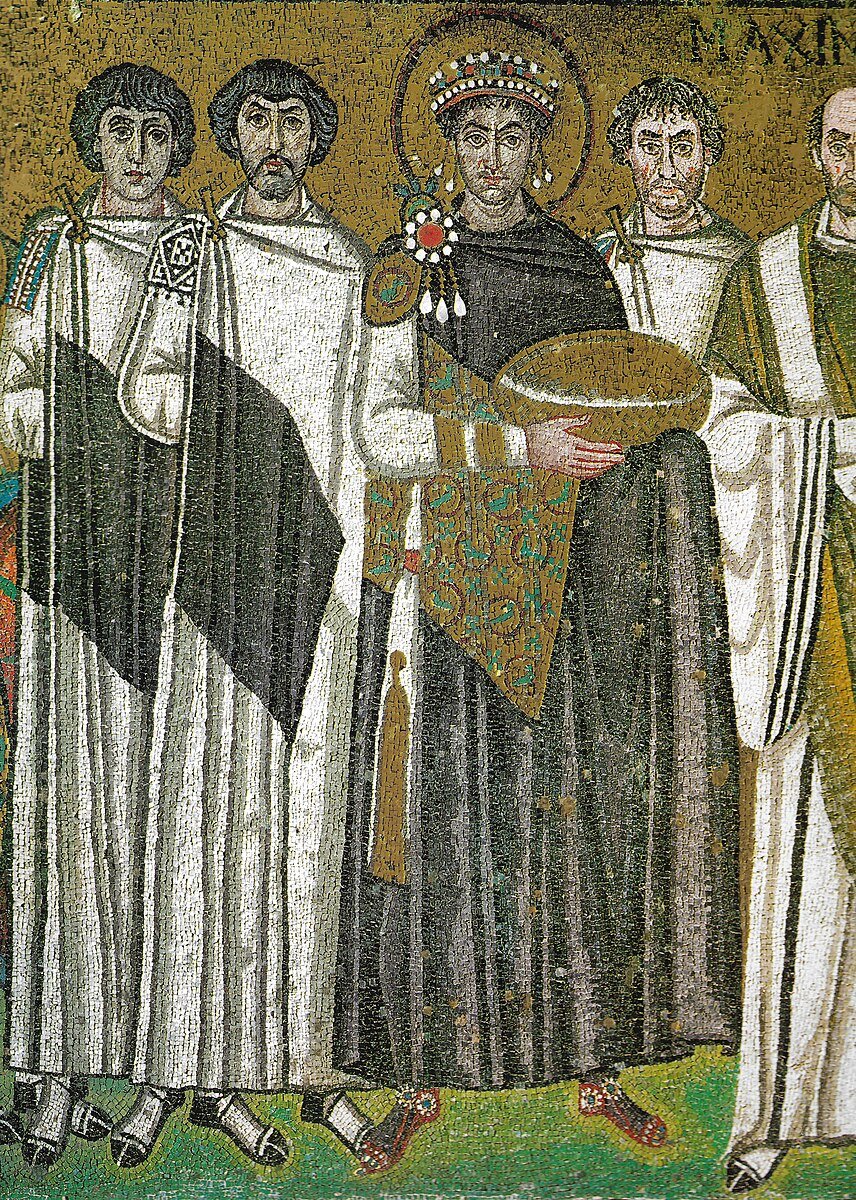






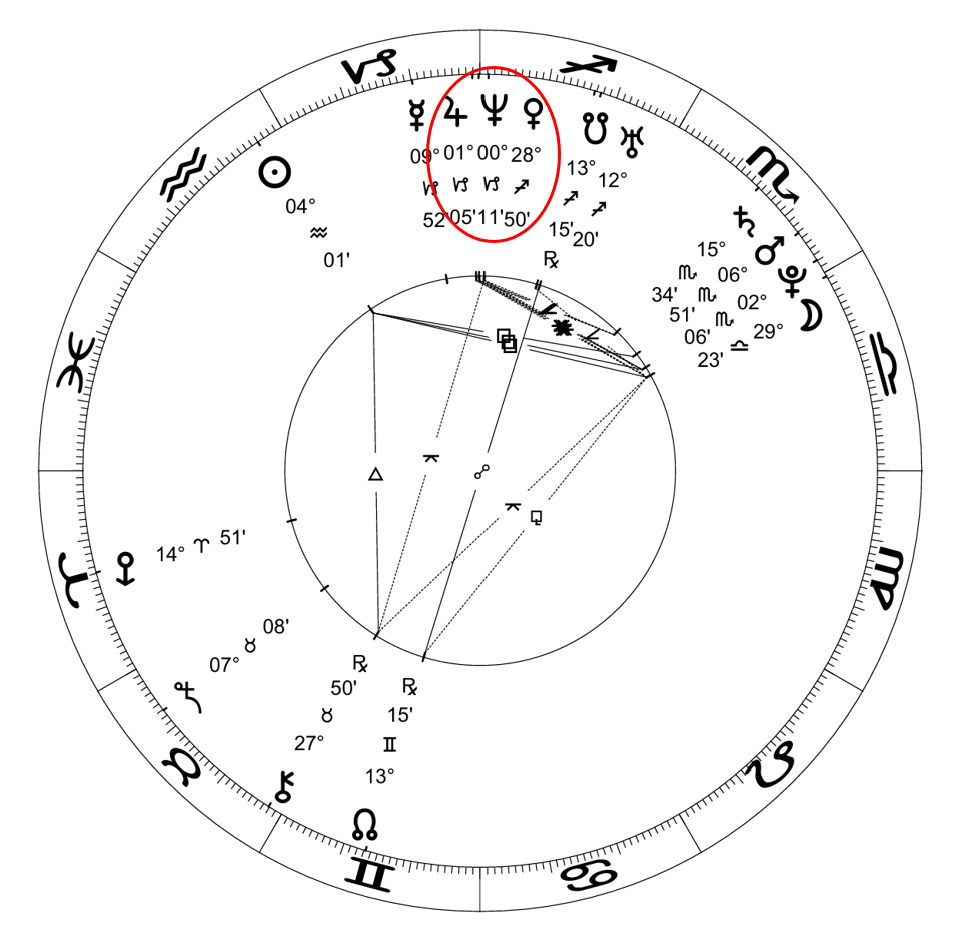













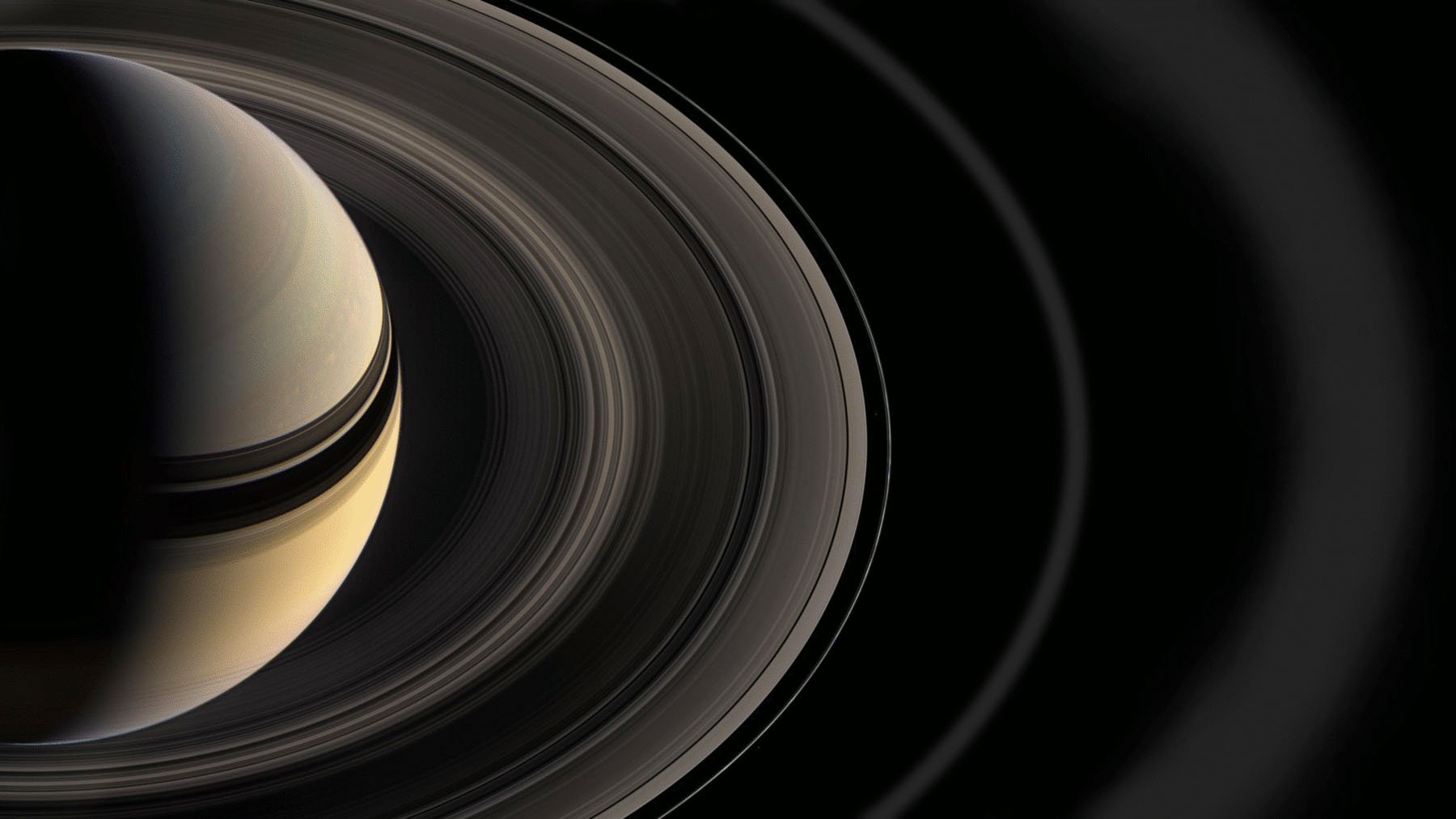





















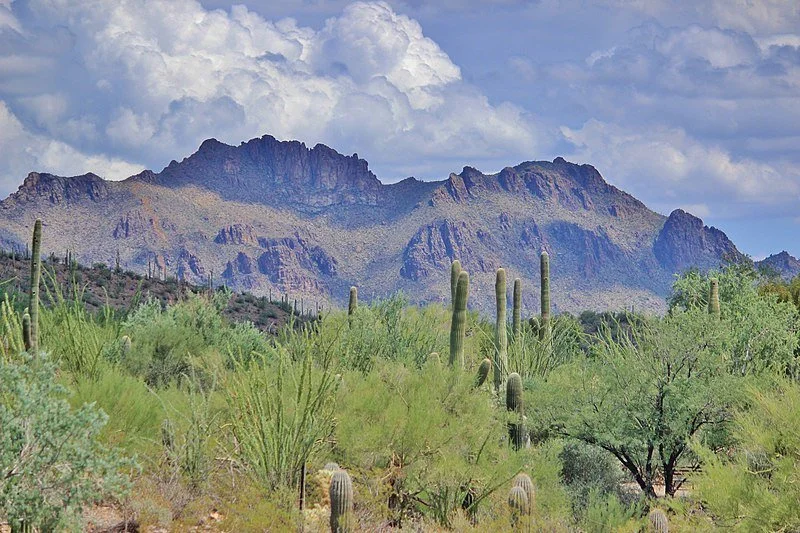


![Alchemist-hp (talk) (www.pse-mendelejew.de) [FAL]](https://images.squarespace-cdn.com/content/v1/5710195837013b18ee712c68/1562049406968-EKJ9RP8DHWYCOT9GMARS/1024px-Crepuscular_rays_at_Sunset_near_Waterberg_Plateau.jpg)


















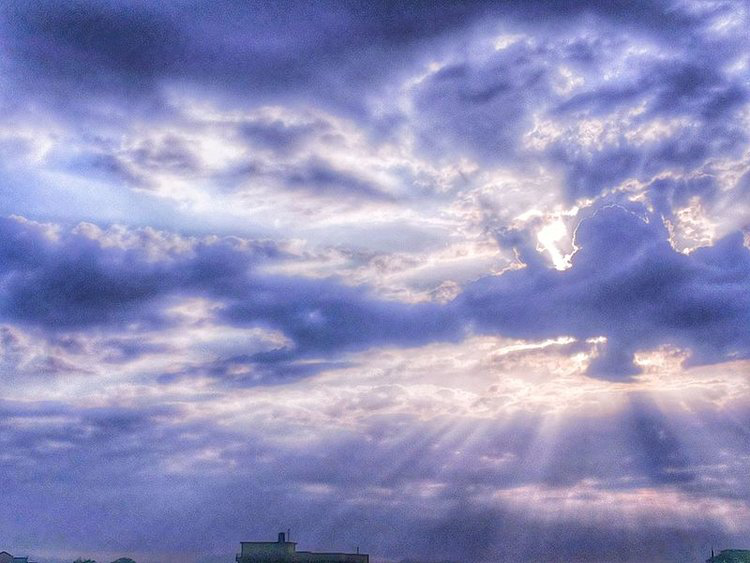














![People marching to protest the Dakota Access Pipeline near San Francisco City Hall; photo by Pax Ahimsa Gethen. By Pax Ahimsa Gethen (Own work) [CC BY-SA 4.0 (http://creativecommons.org/licenses/by-sa/4.0)], via Wikimedia Commons](https://images.squarespace-cdn.com/content/v1/5710195837013b18ee712c68/1486926387543-4YGE77EU67P7A6LWUUTC/image-asset.jpeg)


![People marching in protest to the Dakota Access Pipeline; photo by Pax Ahimsa Gethen. (Own work) [CC BY-SA 4.0 (http://creativecommons.org/licenses/by-sa/4.0)], via Wikimedia Commons](https://images.squarespace-cdn.com/content/v1/5710195837013b18ee712c68/1486927298502-1OWTHCYHTMKJTT6V5MBR/image-asset.jpeg)


![Day 14 of Occupy Wallstreet; photo by David Shankbone [CC BY 3.0 (http://creativecommons.org/licenses/by/3.0)], via Wikimedia Commons](https://images.squarespace-cdn.com/content/v1/5710195837013b18ee712c68/1479876012912-HQ0HFVME1J5Q4X7N5MN1/image-asset.jpeg)

